History of gymnastics
- First mentions
- Antiquity
- Middle Ages and Early Modern Period
- Beginning of Modern History
- Modern History
It is not known exact date when gymnastics started, but we can presume of it according to content what gymnastics includes. Gymnastics is distinguished by other physical activity or sports in following positions and movements. Hang and arms support are basic positions which are not common with other sports, among movements we can emphasis again movements in hang and arms support with all possible transitions between them and legs stand. Another difference are multiple degrees rotations around longitudinal, transversal and sagittal axis. Probably at least while hunting or hiding in the past humans used hang, transitions from hang to support (legs or arms) and rotations to adjust to pray and environment.
Archeology is discovering our past and in Addau on island Sicilia (Italy) in a cave drawings were found which can be associated as some gymnastics positions. It is estimated drawings were made cca 20.000 years B.C. It is worth to note, these drawings were made at the end of last ice age.
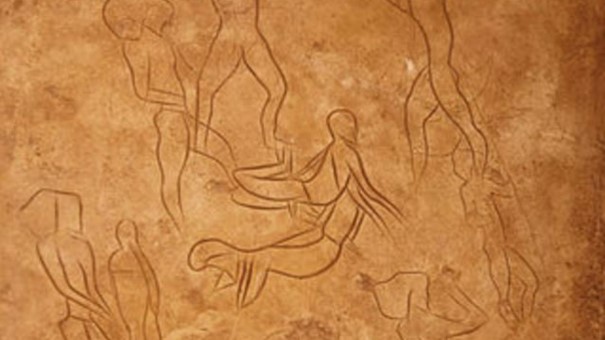
After ice age, human civilization developed around water supplies and good soil as transition from hunters into peasants continued. With no more nomadic lifestyle, more time left for cultural, spiritual activities. India, China, Egypt, Crete were civilizations, which on each side have impact on gymnastics activities. In India Joga is being practiced since 4000 years B.C., in China traditional culture, which is still practiced nowadays, in Egypt Faroes left in their thumbs gymnastics practices and in Crete houses were found religious artefacts with gymnastics activities.
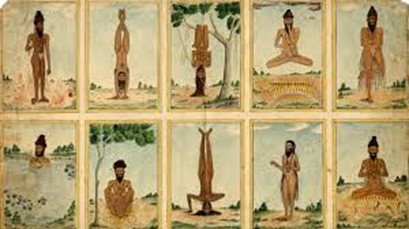

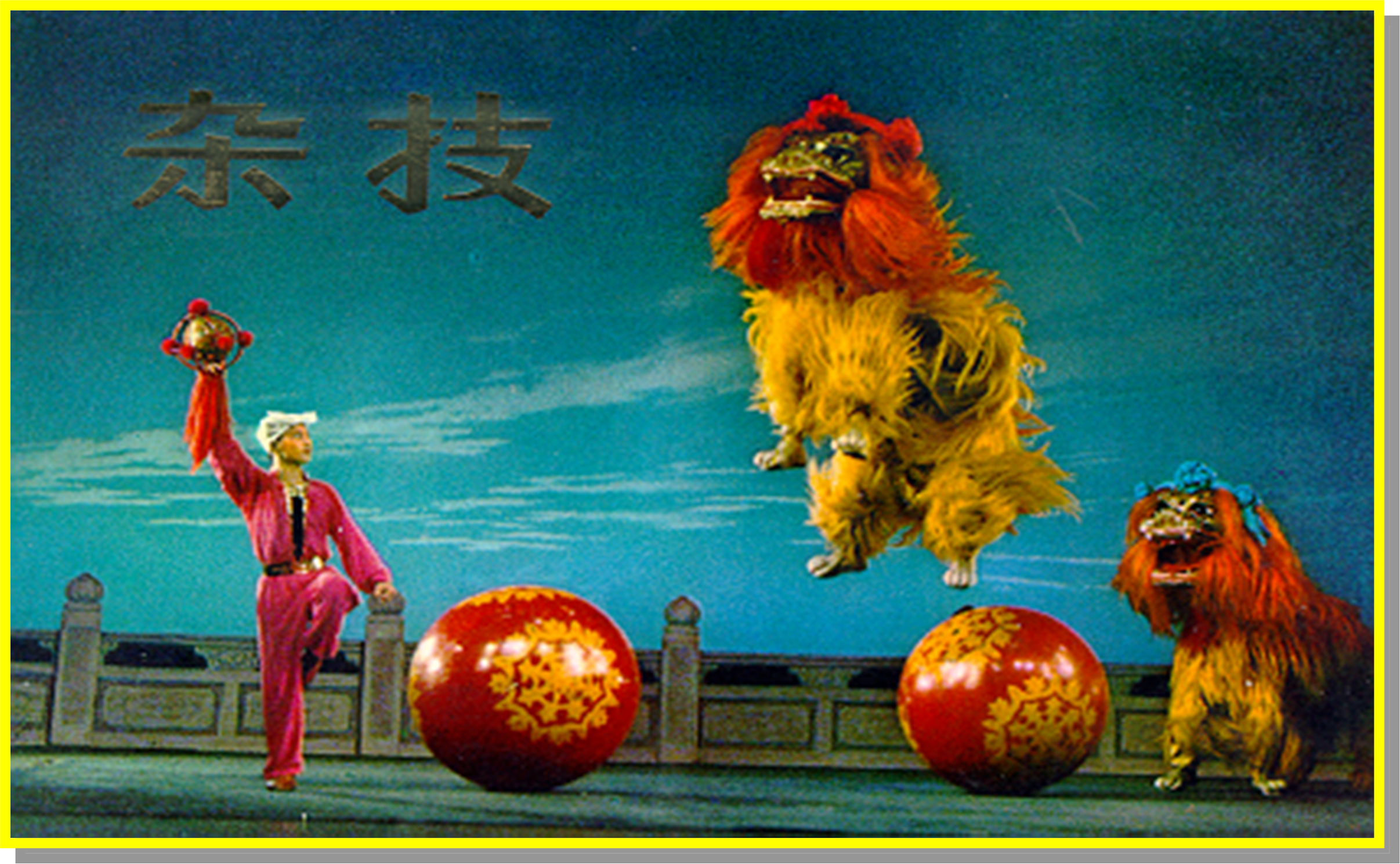

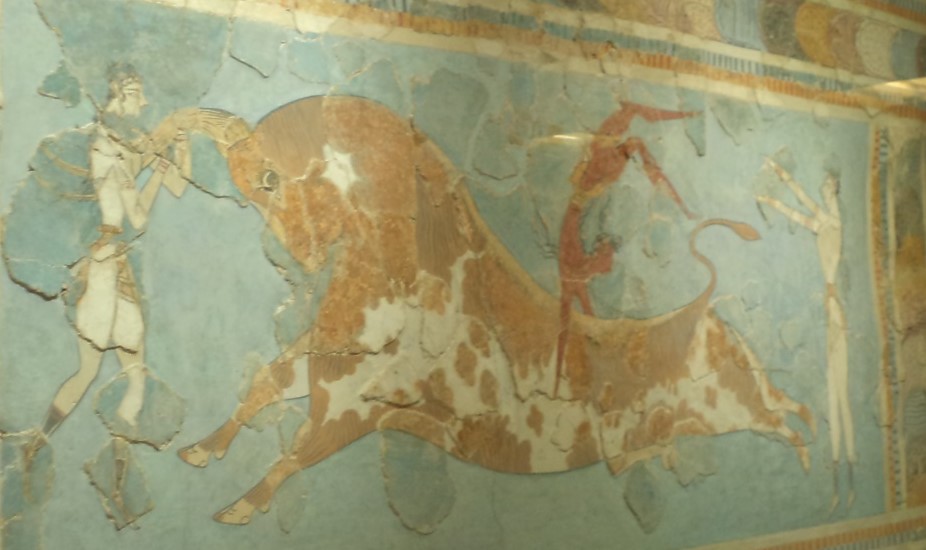
In ancient Greece gymnastics get its name as gymnos means – naked, as they practiced exercises naked. From the same name base we get gymnastikei – name for gymnasts and gymnasion – name for place where physical activities were held. Greeks understood gymnastics as personal development, while musica as educational development. Terminus gymnastics in ancient Greece meant similar what today means physical culture. According to Plato (427-348 B.C) gymnastics was divided into palestrika (what today includes track and field, weightlifting, fencing, rowing and fighting) and orkestirka which was divided into sferistika (what today includes ball games), basic orkestrika (what today includes dancing, free exercises), and kubistika (what today includes artistic gymnastics).


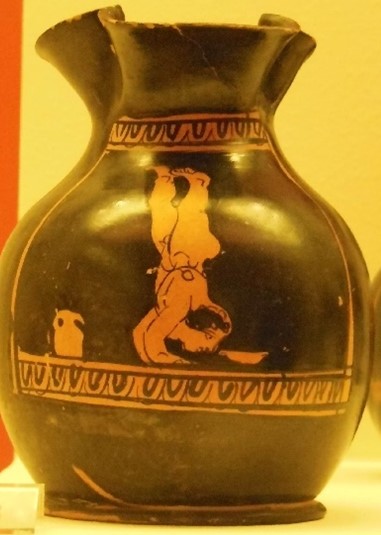
From ancient Greek into Roman Empire some other artefacts were found, which show again gymnastics activities e.g., bridge, which we know also today.
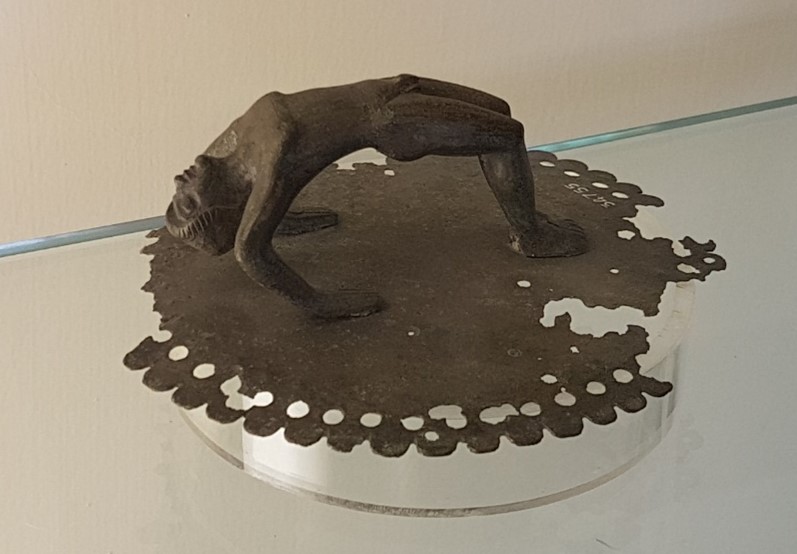
In Roman Colosseum for visitors is on display some acrobatic historical facts, and salto was already part of the show.
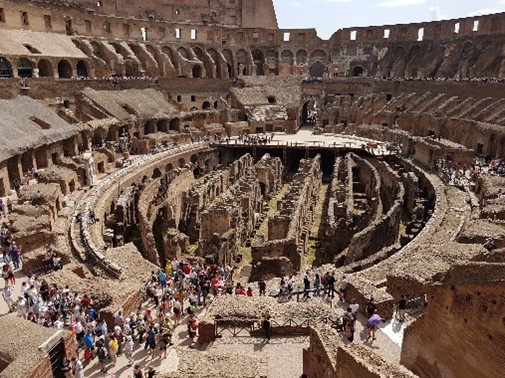


Romans as highly trained solders are the first who described artificial horse for military training. Flavius Vegecius made a book about military preparation and in it is also described wooden horse, with some data how to be used. From this point of view also some important notices about motor learning are there. First teach yourself position, add movement of yourself, add position of yourself on still horse and after movement from the horse.
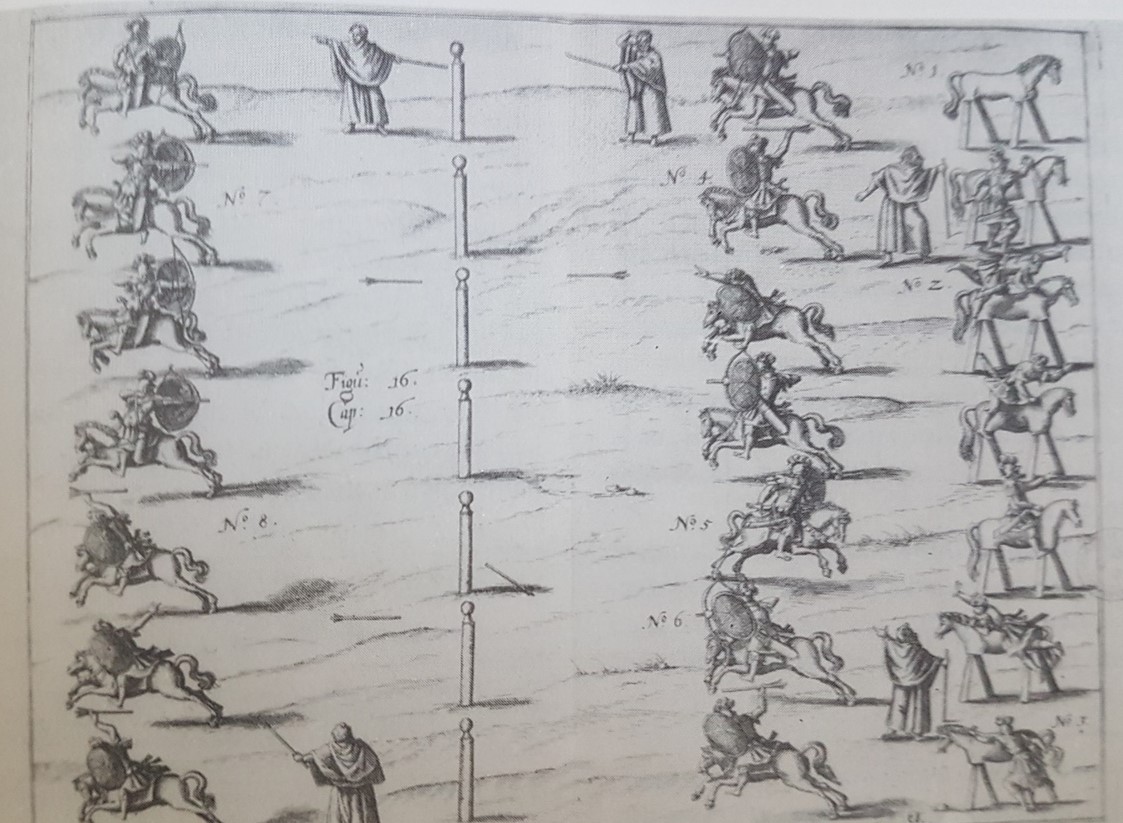
On other side of Atlantic Maya’s culture also known some acrobatics. As warriors also had important military training, they also undergo some gymnastics exercises.
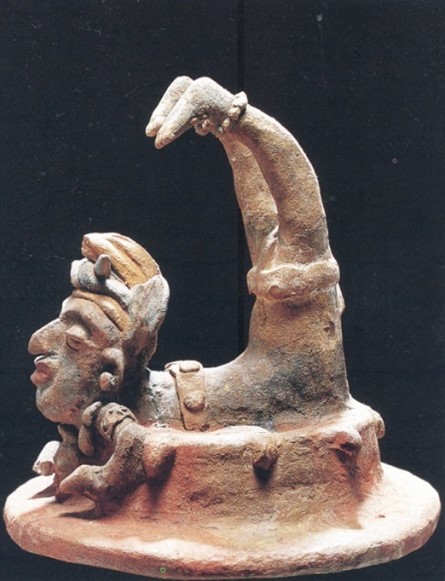
In the middle age exercises were allowed mostly to nobility. Knight games and tournaments were widely most sport activities. Among normal people dance and some small ball games like bowling, and kegeln. Hieronimo Mercurialis, Italian doctor of medicine in 1601 wrote a book Art of Gymnastics, what would be today better description as Important frames of Physical Culture. Even for today frame of healthy life, his philosophy is mostly valid. Proper hygiene, proper food intake, physical activities for men and women are also today important.


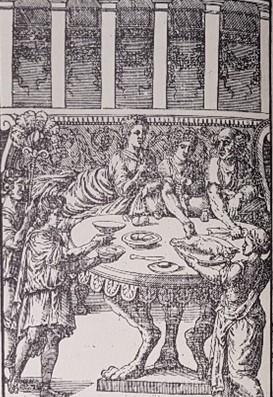
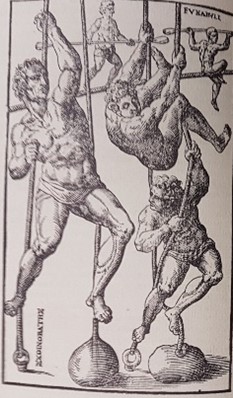

Arhangelo Tuccaro (1538-1616) was physical education teacher of French kings Carl IX. and Henrik III. He wrote the book Three dialogs about jumps and artistic riding. He was the first who entered into description of elements technique also some biomechanics facts. He described in the book following acrobatic elements: bridge, walkover, handstand, roll forward, kip from the back, handspring, salto forward, salto forward with ½ turn. He also describes vaulting over table, with trampoline and springboard.
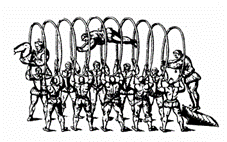

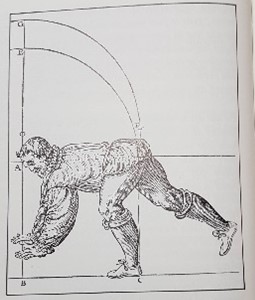
Even more advanced work of artistic riding prepared Giacomo Baludo in 1630, a lot of movements from his book can be used on modern pommel horse, one, two leg cuts, scissors, even circles are described in the book.
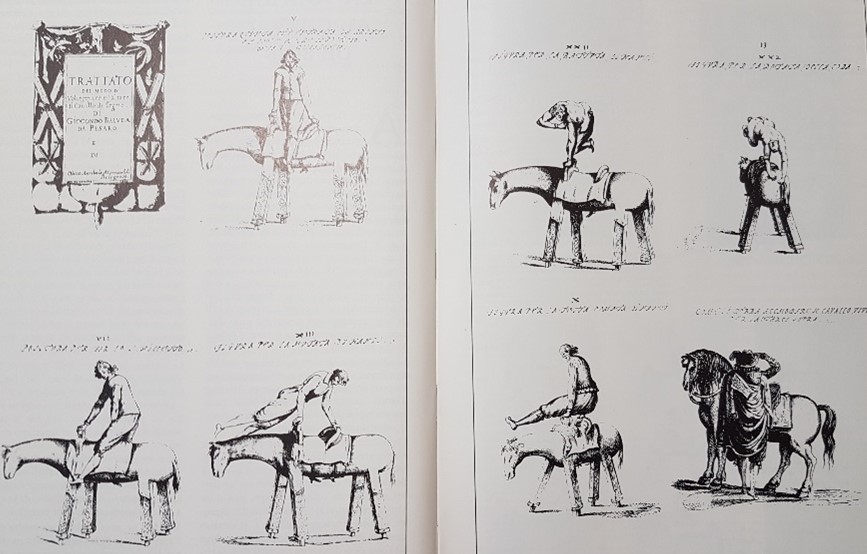
Despite Jan Amos Komenski (1592-1670) was not specialist in physical education, he suggested that physical education should be one essential part of general education he systematically established. His pedagogical rules are still valid today and used in gymnastics. Jean Jacques Rousseau (1712-1788) continued Komenski’s work with giving important role of physical education in schools, while Johan Heinrich Pestalozzi (1746-1827) made important work on gymnastics terminology. In same period of time Johan Christofor Guts Muts (1759-1839) is studying sport and gymnastics, some historians are naming him as a grand father of modern gymnastics.

Friedrich Ludwig Jahn (1778-1852) is defined as father of modern gymnastics, he invented parallel bars, high bar as we know it today, beams and he determined 24 groups of movements, more important are: vaultings, exercises of equilibrium, vertical climbing, high bar elements, parallel bars elements, jumps from boards, acrobatics. His idea was to control body in dynamic movements as opposition to most static work.

Almost parallel to Jahn in Sweden Per Henrik Ling (1776-1839) developed his gymnastic system, which was more focused into development particular motor abilities using more static exercises and into exercising for better health. He also developed apparatus as box, bench, even today we can hear somebody to say Swedish box. Slightly younger was Miroslav Tyrš, who is father of Sokol movement, which is most important physical culture movement in Slavic countries up to the WWII. In technical terms Sokol’s were doing gymnastics, dancing, swimming, fencing, fighting, boxing, for gymnastics he gave strong emphasis to aesthetic movements, what is in nowadays in gymnastics essential.
Austro-Hungarian imperia in the second half of 19th century allowed national languages in schools and also started to add subject called telovadba (Slovenian), tjelovježbe (Croatian) and telocvik (Czech). In this time besides Czech Sokol, also Slovene and Croat Sokol’s were established.
In 19th century gymnastics was well developed in European countries and in 1881 French, Dutch and Flemish and Valonish federations jointly established European Gymnastics Federation. Long term president was Belgium Nikolay Cuperus. It is worth to note this is the oldest international sport association.
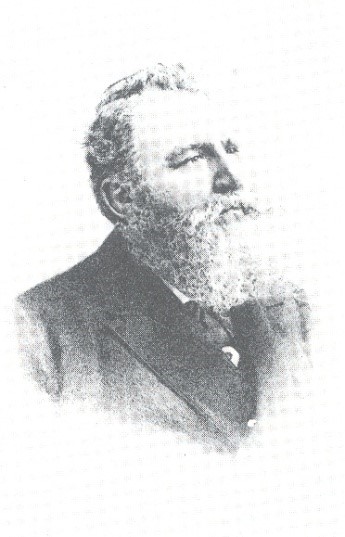
Pierre de Coubertin started to organize Olympic games of modern era. The first games were in Athens (GRE) and he invited gymnasts to participate at competitions. At the first games competed only men, women started to compete at OG 1928. In Athens men competed on horizontal bar, parallel bars, vault, pommel horse, rings, rope climbing and teams on parallel bars and teams on horizontal bar. As a curiosity gymnast climbed 14 meters high rope and the best time was 23,4 second, discipline was last time at OG 1932.

Nikolay Cuperus was personally fan of Mens sana in corpore sano and was strongly against competitions in gymnastics. On other side Charles Cazalet (FRA) was more prone to Citius, Altius, Fortius and because of his involvement European Gymnastics Federation (funny fact Canada was part of federation since 1899, Egypt since 1910) started to organize international competitions and the first one was in 1903 in Antwerpen (BEL) today recognized as the first World Championship in gymnastics. At this competition gymnasts competed in floor exercise, rings, parallel bars, horizontal bar, pommel horse, long horse vault, 150 meters run, high jump, weightlifting. On apparatus, gymnasts, have to perform compulsory and optional exercise. At the World Championships until 1952 gymnasts competed besides before named disciplines also in (various years according to competition): long jump, 100 meters run, rope climb, shot put, pole vault, swimming. From today eyes probably most universal athletes. As there were important differences between OG and WC format, not always same gymnasts won titles in 2 years span (OG and WC were organized on four years with 2 years in between). For instance, world champion in 1922 and 1926 was Peter Šumi (SLO), while Olympic champion 1924 was Leon Štukelj (SLO). Interesting case was Leon Štukelj, prototype of modern gymnast by body proportions (height - 160 cm, mass - 50 kg), inventor of inverted cross, he was all around Olympic champion, but at WC he had to do shot put with ball 7,25 kg and scored 0 points.
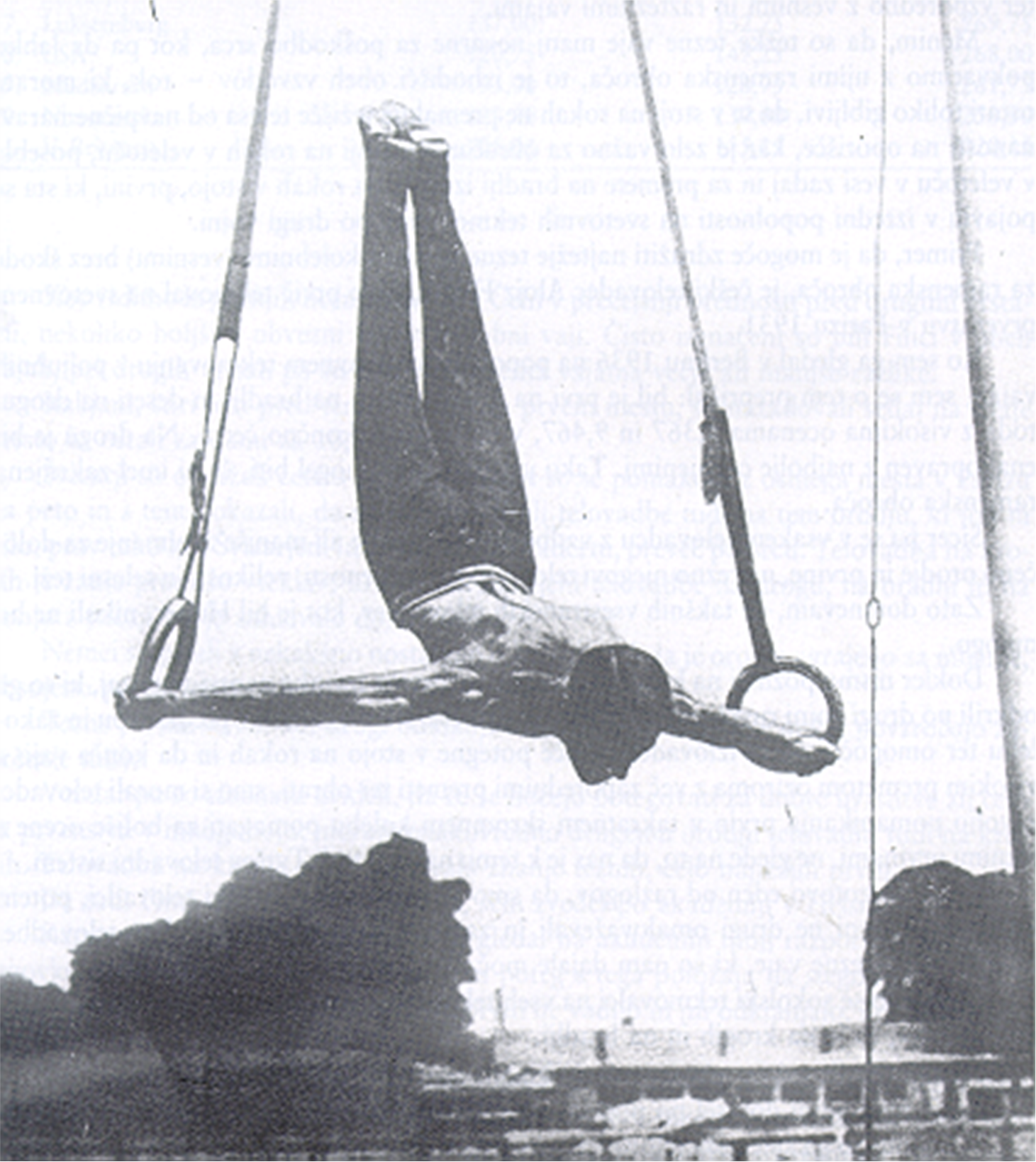
In 1921 USA joint European Gymnastics Federation and was renamed into International Gymnastics Federation with abbreviation FIG (Federation International de Gymnastique). At WC 1934 in Budapest women attended such competition for the first time.
After WWII FIG recognized huge difference between general gymnastics and high-performance gymnastics and for general gymnastics started to organize so called Gymnaestrada (the first one in 1953 in Rotterdam (NED). Gymnaestrada is today the biggest non-competitive event in the world, as at Gymnaestrada is generally 20.000 gymnasts and more than 100.000 spectators. The biggest stadium for such non-competitive events was in Prague at Strahov, which allowed 200.000 spectators.
Women gymnastics after WWII went into two directions. One side emphasis beauty, elegance and dance (what we today name rhythmic) and other side emphasis strength, acrobatics (what we today name artistic gymnastics). In 1963 the first WC in rhythmic was organized (the first champion was Ludmila Savinkova Russia, ex USSR), and at OG 1984 the first-time rhythmic medals were awarded.

In 1998 FIG accepted trampolining, acrobatics and sport aerobics in gymnastics family. Since 2000 trampolining is part of Olympic disciplines, while parkour, last discipline in FIG family is still at WC only.
Today FIG have 154 affiliated member national federations and 2 associated.
Today in artistic gymnastics men compete on floor, pommel horse, rings, vault, parallel bars and horizontal bar. Women compete on vault, uneven bars, beam and floor. Gymnasts compete only in optional exercises (compulsory exercises were canceled after 1992 OG).

